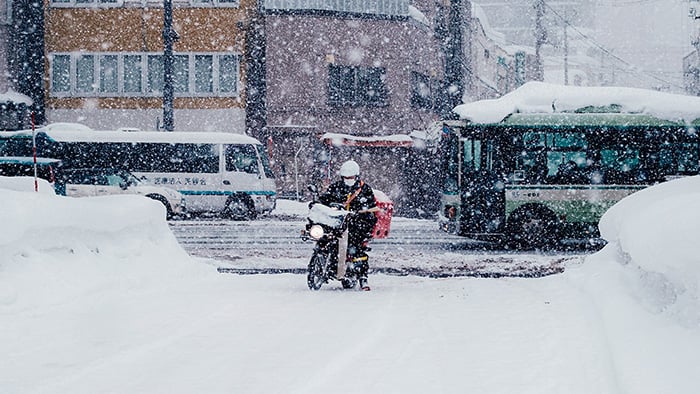Navigating the Nightmare: What to Do When Your Motorcycle Loses All Electrical Power While Riding
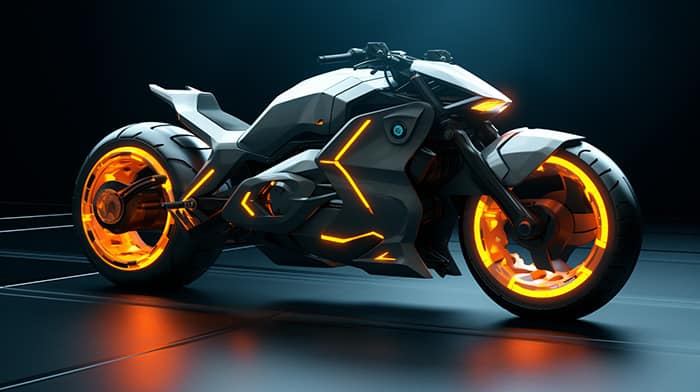
The thought of your motorcycle losing all electrical power while riding is enough to give anyone chills. It’s a scenario no rider wants to encounter. As an experienced rider myself, I’ve had my fair share of electrical issues that have tested my resolve. Every rider, at some point in their life, will likely experience some form of electrical failure. The key to handling this situation effectively is understanding what’s happening and knowing what to do when it does. In this blog post, I’ll be sharing my insights and the knowledge I’ve gathered over the years about motorcycle electrical failures.
Motorcycle Electrical Systems
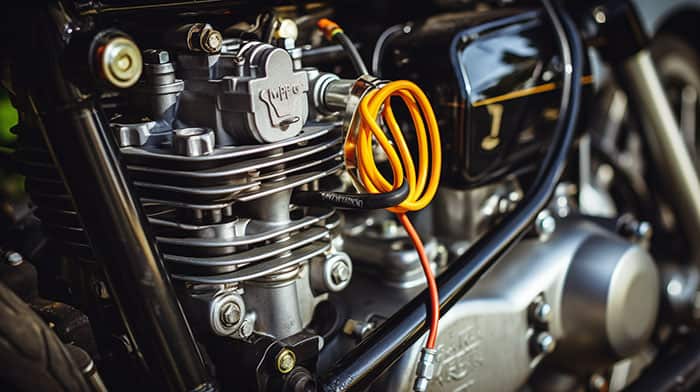
Before we dive into the specifics of electrical failures, it’s important to understand the basics of a motorcycle’s electrical system. The electrical system is the lifeblood of your bike, powering everything from the ignition and fuel systems to the lights and indicators.
The electrical system of a motorcycle is a crucial component that powers all electronic devices on the vehicle. It consists of three main parts: the battery, the alternator, and the regulator/rectifier. The battery is the heart of the system, supplying power to start the engine and support the operation of lights, indicators, and other electrical components. It stores and provides electrical energy when needed.
The alternator, driven by the engine, generates electrical power. It is composed of a stator (stationary part) and a rotor (rotating part). When the engine runs, the rotor spins around the stator, creating an alternating current. Lastly, the regulator/rectifier is a two-in-one unit. The rectifier converts the alternating current (AC) produced by the alternator into direct current (DC) usable by the motorcycle’s electrical components.
The regulator, on the other hand, maintains a consistent voltage level to prevent damage to the electrical components due to voltage spikes. Together, these components ensure the motorcycle’s electrical system runs smoothly, powering everything from ignition to lighting and charging the battery.
Common Symptoms

As a rider, it’s crucial to be aware of the common symptoms that signal a motorcycle electrical failure. Recognizing these signs early can help prevent a complete electrical shutdown while you’re on the road.
One of the most common symptoms is difficulty starting your bike. If your bike doesn’t start on the first try or requires multiple attempts to get going, it could indicate a problem with the electrical system. Another common symptom is dim or flickering lights. This could be a sign of a weak battery or problems with the alternator.
In addition to these, keep an eye out for other signs such as frequent blown fuses, irregular engine performance, and unusual sounds from the electrical components. Any of these symptoms could signify an impending electrical failure and should not be ignored.
Loss of Electrical Power: Immediate Actions

The experience of losing all electrical power while riding can be quite unnerving. But knowing exactly what to do in such a situation can make all the difference. Here are some immediate actions that you should take when this happens.
Firstly, stay calm. Panicking will only make things worse. Safely pull over to the side of the road and turn off the engine. Once you’re safely off the road, try to identify any obvious issues like loose wires or blown fuses. If you can’t find anything wrong, try starting the bike again. Sometimes, a temporary glitch can cause the electrical system to shut down.
If your bike still doesn’t start, it’s time to call for help. Arrange for a tow to the nearest mechanic or call a friend who might be able to assist. While waiting, you can try to further diagnose the issue, which brings us to our next section.
Diagnosing the Causes of Motorcycle Electrical Failure
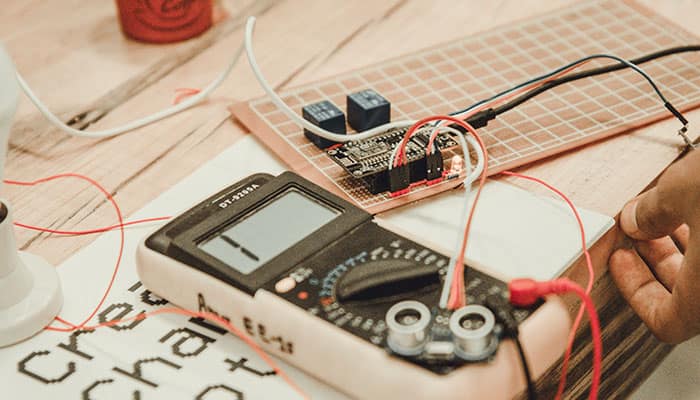
Diagnosing the exact cause of an electrical failure can be a bit tricky. However, with a little knowledge and some basic tools, you can often pinpoint the issue. Start by checking the battery. A dead or weak battery is one of the most common causes of electrical failures.
Next, check the alternator. If the alternator isn’t generating enough power, it can cause the electrical system to fail. You can test the alternator by running the engine and measuring the voltage at the battery. If the voltage doesn’t increase when the engine is running, it’s likely that the alternator is the problem.
Lastly, inspect the wiring harness. Look for any signs of damage or wear and tear. Frayed or broken wires can disrupt the flow of electricity and cause the electrical system to fail.
Repairing Motorcycle Electrical Issues
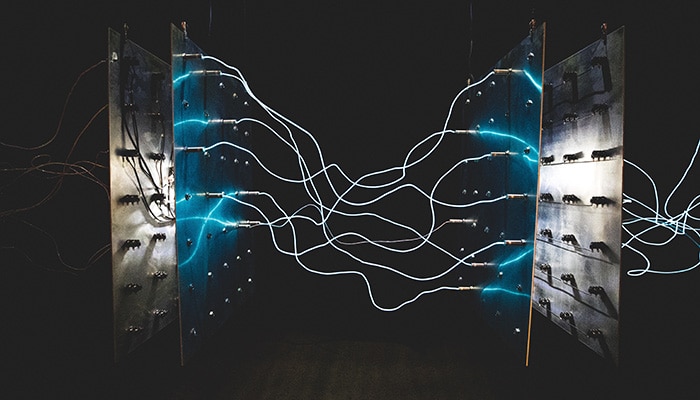
Once you’ve diagnosed the issue, it’s time to start repairs. If the problem is with the battery, you may need to replace it. If it’s the alternator, a professional mechanic might be needed to fix or replace it. If it’s a wiring issue, you can often fix it yourself with some basic tools and a little patience.
Remember, always take safety precautions when working with electrical components. Always disconnect the battery before starting any repairs and avoid touching any metal parts with your bare hands.
Also, it’s important to note that repairing electrical issues can be complex. If you’re not comfortable doing it yourself, don’t hesitate to seek professional help.
When to Call a Mechanic
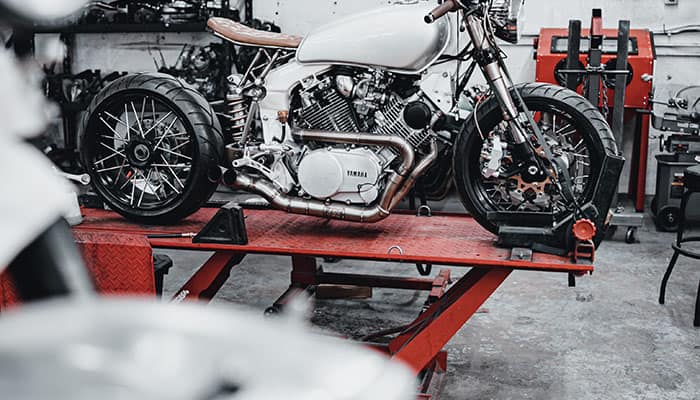
While it’s possible to diagnose and repair some electrical issues yourself, there are times when it’s best to call a professional. If the problem is complex or if you’re unsure about any part of the process, it’s better to be safe than sorry.
A professional mechanic has the knowledge and skills to properly diagnose and repair electrical issues. They can also help prevent future issues by ensuring that the electrical system is properly maintained.
So, don’t hesitate to call a mechanic if you’re in over your head. It’s better to spend a little money on a professional repair job than to risk further damage to your bike or your safety.
Preventive Measures
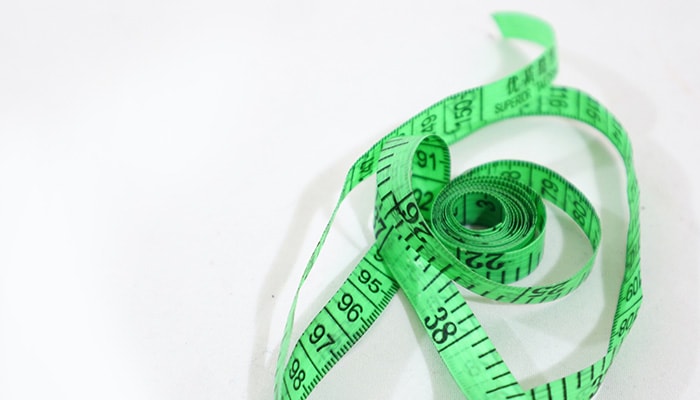
Prevention is always better than cure. There are several steps you can take to prevent electrical failures on your motorcycle.
Firstly, regularly check your bike’s electrical system. Regular inspections can help you spot potential issues before they become serious problems. Pay attention to the symptoms we discussed earlier and don’t ignore any warning signs.
Secondly, keep your bike’s battery in good condition. This means regularly cleaning the terminals and keeping the battery fully charged. A healthy battery is less likely to fail and cause electrical issues.
Lastly, ensure your bike is serviced regularly by a professional. Regular maintenance can keep the electrical system in good shape and prevent unexpected failures.
Emergency Motorcycle Electrical Repairs
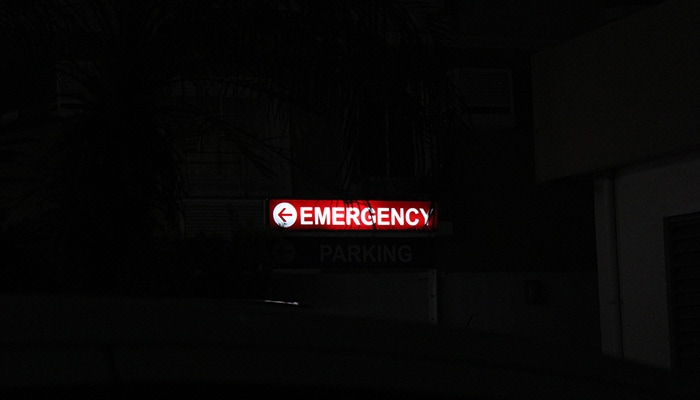
As a rider, it’s always a good idea to carry some basic tools and accessories for emergency repairs. For electrical issues, a multimeter is a must-have tool. It can help you diagnose a variety of electrical problems.
In addition to a multimeter, consider carrying a set of screwdrivers, pliers, and a flashlight. It’s also a good idea to have a spare fuse and some electrical tape on hand for quick fixes.
Remember, these tools are only useful if you know how to use them. So, take some time to familiarize yourself with these tools and how they can help you in an emergency.
Stay Safe and Prepared
Motorcycle electrical failures can be a nightmare, but they don’t have to be. With the right knowledge and tools, you can diagnose and repair most electrical issues on your own. And if you can’t, knowing when to call a professional can save you a lot of time and stress.
Remember, the key to navigating this nightmare is preparation. Understand your bike’s electrical system, know the common symptoms of electrical failures, and be prepared with the right tools and knowledge. By doing so, you can turn what could be a terrifying experience into a minor inconvenience.
Stay safe, stay prepared, and happy riding!
- Tackling the Fear of Motorcycles: A Must-Read for Every Rider - April 25, 2024
- Motorcycle Lost All Electrical Power While Riding - December 10, 2023
- Motorcycle Safety Tips for New Riders - November 23, 2023


